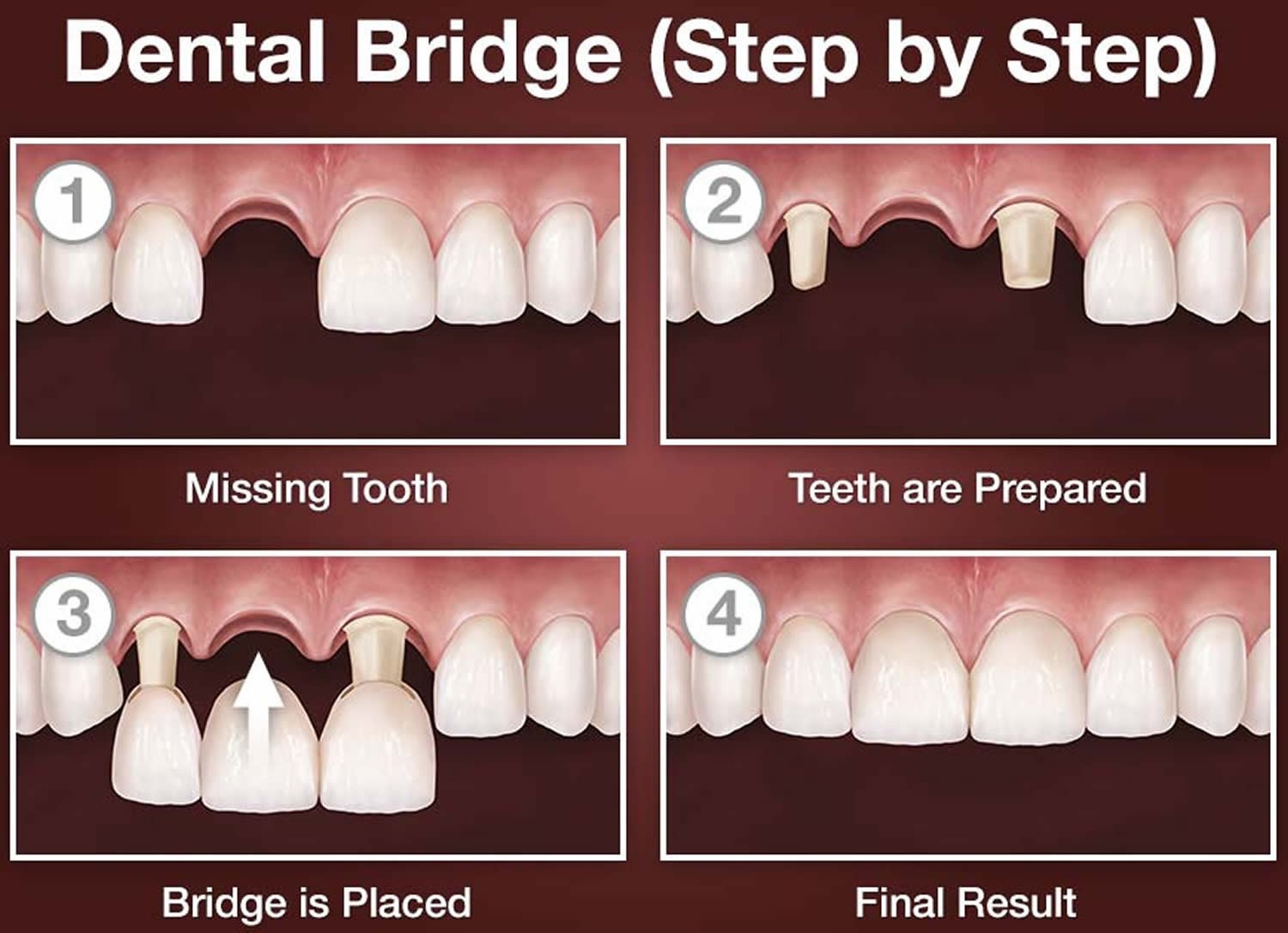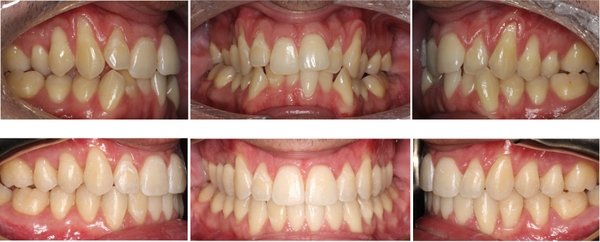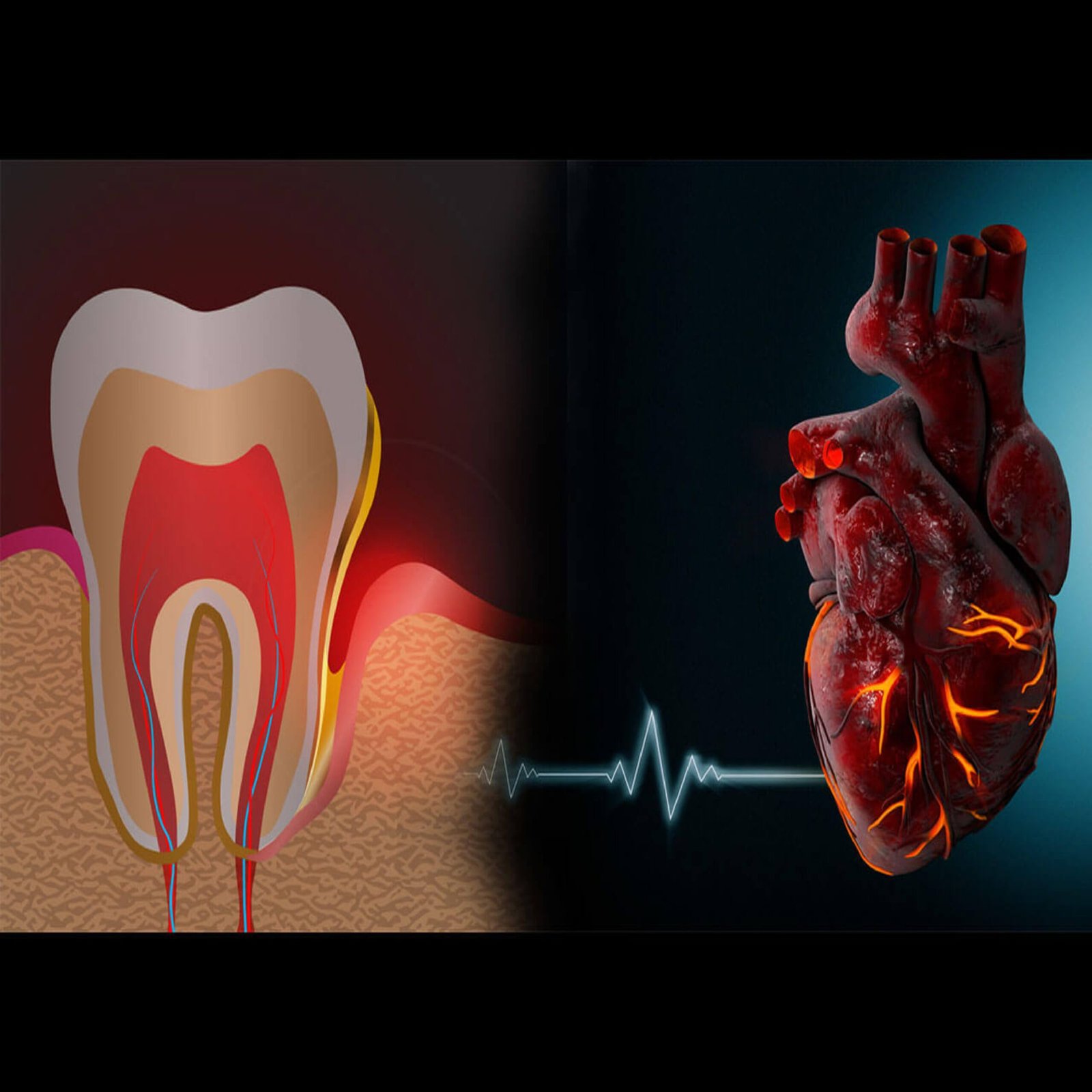A dental bridge is a popular solution for people dealing with missing teeth. If you're looking for a way to restore your smile and improve oral function, understanding what a dental bridge is and how it works can help you make an informed decision. This article dives deep into the basics of dental bridges, how …
A dental bridge is a popular solution for people dealing with missing teeth. If you’re looking for a way to restore your smile and improve oral function, understanding what a dental bridge is and how it works can help you make an informed decision. This article dives deep into the basics of dental bridges, how they’re made, their benefits, and what you can expect during the treatment process.
Table of contents
What Is a Dental Bridge?
In simple terms, a dental bridge is a fixed dental restoration used to replace one or more missing teeth. It “bridges” the gap between the remaining natural teeth or implants. Made of a combination of materials like porcelain, gold, or metal, dental bridges help restore the appearance of your smile and the functionality of your teeth.
Types of Dental Bridges
Dental bridges come in several varieties. The right one for you depends on the number of missing teeth, your dental health, and the location of the gap.
1. Traditional Dental Bridge
This is the most common type. It consists of two crowns that are placed on the natural teeth on either side of the gap. The false tooth (or teeth) sits between these crowns. Traditional bridges are most effective when you have healthy natural teeth on both sides of the missing tooth.
2. Cantilever Dental Bridge
Used when there is only one natural tooth on one side of the gap. A cantilever bridge attaches to this tooth and extends out to fill the space left by the missing tooth.
3. Maryland Dental Bridge
This type uses a metal or porcelain framework that is bonded to the back of the adjacent teeth. It’s less invasive than a traditional bridge and doesn’t require crowns on the adjacent teeth.
4. Implant-Supported Bridge
If you don’t have enough healthy natural teeth to support a traditional bridge, an implant-supported bridge might be your solution. Instead of using natural teeth for support, dental implants are placed in the jawbone, and a bridge is attached to them.
Benefits of a Dental Bridge
Dental bridges offer a range of advantages that make them an appealing choice for tooth replacement. Here are a few reasons why they might be right for you:
1. Restoration of Your Smile
A missing tooth can affect both your appearance and your confidence. Dental bridges restore your natural smile, making you feel more comfortable and less self-conscious about your teeth.
2. Improved Functionality
When a tooth is missing, chewing and speaking can become more difficult. A dental bridge restores full functionality to your bite, allowing you to enjoy a varied diet and speak clearly.
3. Maintains Facial Structure
When teeth are missing, the surrounding teeth can shift into the gap, causing changes in your bite and facial structure. A dental bridge helps maintain the alignment of your teeth, preserving the integrity of your jaw and facial appearance.
4. Durability and Longevity
With proper care, dental bridges can last 10-15 years or even longer. They’re made from durable materials designed to withstand everyday use, providing you with a long-term solution for missing teeth.
The Process of Getting a Dental Bridge
The procedure to get a dental bridge typically involves two or more visits to the dentist.
1. Initial Consultation
Your dentist will examine your mouth and may take X-rays to assess the condition of your teeth and gums. If you have any tooth decay or gum disease, these will need to be addressed before proceeding with the bridge.
2. Tooth Preparation
To place a traditional dental bridge, the teeth on either side of the gap are reshaped to accommodate crowns. This process involves removing some enamel from these teeth. For implant-supported bridges, dental implants will be placed first in the jawbone before the bridge can be attached.
3. Creating the Bridge
Once the teeth are prepared, your dentist will take impressions of your mouth. These impressions are sent to a lab, where a custom bridge is created to fit your mouth precisely.
4. Fitting the Bridge
Once the bridge is ready, your dentist will place it and make any necessary adjustments to ensure a comfortable fit. If the bridge feels right, it will be permanently cemented in place.
5. Aftercare
After the procedure, it’s essential to maintain good oral hygiene and visit your dentist regularly to ensure your bridge stays in good condition. Flossing around the bridge is crucial to prevent plaque buildup and gum disease.
How Long Does a Dental Bridge Last?
With proper care, a dental bridge can last anywhere from 10 to 15 years. The materials used to make the bridge are designed to withstand daily wear and tear, but factors like diet, oral hygiene, and overall health can affect its longevity. Regular dental checkups and good oral care practices—like brushing and flossing—will help extend the life of your bridge.
Are There Any Risks or Side Effects?
Like any dental procedure, getting a bridge may have some risks or side effects. These include:
- Tooth Sensitivity: The reshaping of the adjacent teeth can cause temporary sensitivity.
- Discomfort or Irritation: Some people experience discomfort when the bridge is first placed.
- Bridge Loosening: In rare cases, the bridge can become loose over time if not properly maintained.
Cost of a Dental Bridge
The cost of a dental bridge varies depending on several factors, including the type of bridge, the materials used, and your location. Generally, the price ranges from $500 to $2,000 per tooth. Dental insurance may cover part of the cost, but it’s essential to check with your provider to understand what’s covered under your plan.
Is a Dental Bridge Right for You?
Dental bridges can offer a great solution for replacing missing teeth. They help restore the aesthetics and functionality of your smile, while also improving your oral health by preventing tooth misalignment and bone loss.
If you’re considering a dental bridge, consult with your dentist to determine the best option for your specific needs. They’ll evaluate your oral health and help guide you toward a treatment plan that suits your smile.
Conclusion
Dental bridges are an excellent solution for those looking to restore their smile and maintain optimal oral health after losing teeth. Whether you need a traditional bridge or an implant-supported one, your dentist can provide options that suit your unique situation. With proper care and maintenance, your dental bridge will keep your smile intact for years to come.
Call to Action:
If you’re ready to restore your smile with a dental bridge, schedule a consultation with your dentist today. They can answer all your questions and help you decide the best treatment plan for your oral health.









